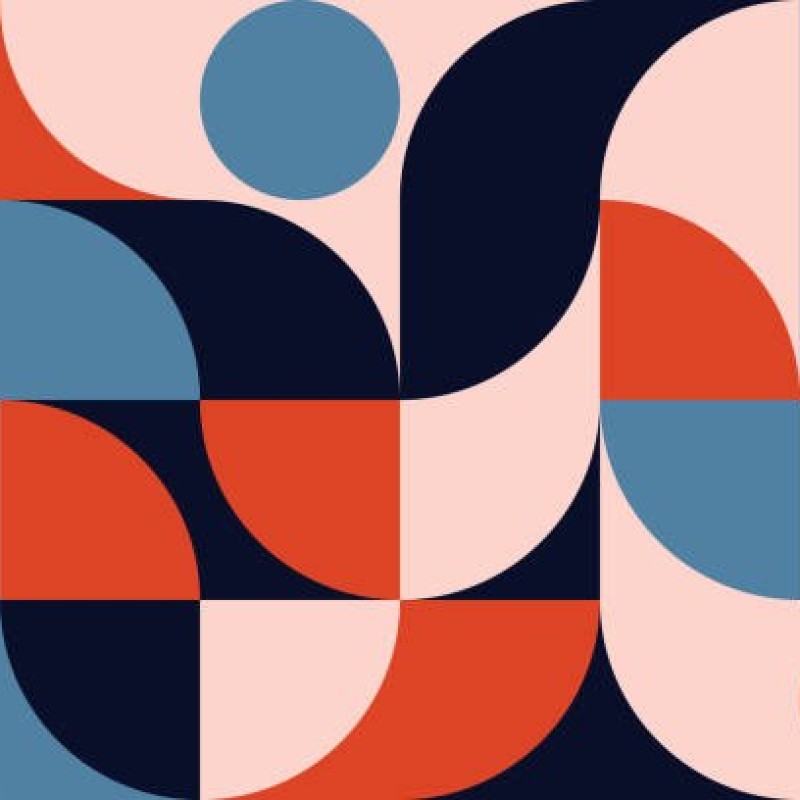Beyond the practical purpose of protecting our feet, shoes serve as symbols of style, class, culture and expression. For most people, footwear is the finishing touch to an ensemble, so choosing the right pair of shoes can say a lot about identity and fashion sensibility.
In this exploration of the art of footwear design, we take a look at how form and function come together and what main elements are considered during the process.
In designing shoes, practicality is paramount because footwear affects mobility and comfort, more so than most other items of apparel. Even couture runway shoes need to support weight and movement and protect the feet to some extent. And, of course, aesthetics are also vital because shoes are a key item for expressing style. This means that conceiving and making shoes involves many complex aspects of design and production, including dynamic structural factors, the mechanics of movement and materials engineering.
Stuart Weitzman is one brand that blends form and function seamlessly. The designer’s high heels are known for being among the most comfortable in luxury fashion while also donning classic yet edgy styles. He reports being deeply inspired by the visual arts, which is evident in his recent collaboration with KidSuper, yet he insists on prioritising comfort in every design.
Another example is Prada. This luxury label isn’t exactly synonymous with ‘comfort’, but much of its footwear design throughout the decades has incorporated sporty, comfortable features. Its iconic combat boots and chunky, glossy loafers have driven footwear trends to embrace practical elements. Prada was also one of the first luxury brands to bring sportswear to the runway – and the company is now one of the biggest names in luxury trainers.
A footwear designer must consider the same elements that a clothing designer does, such as shape, texture, colour and proportions, but they must also account for complex engineering components. Different shoes require different types of soles, traction, flexibility and shock absorption, and it’s crucial to create a precise fit – this makes the process not only creative but also technical.
The most important components of footwear design are:
Fashion houses must infuse shoe design with the brand’s identity and narrative and create products that resonate with the target audience. For example, Miu Miu, Prada’s less traditional sister brand, masterfully tells its subversive, feminine, anti-conformist story through its footwear design. It brings together the appropriate and inappropriate, the traditional and subversive, and the retro and contemporary – which you can see in its current crystal-studded ballet flats and glitter pumps.
Birkenstock is another heavy hitter in the art of storytelling. This 250-year-old company has long been associated with eco-friendly and anti-fashion movements, but in recent years it has become wildly popular, especially with several high-end collaborations and a mention in the recent Barbie blockbuster. Birkenstock has managed to maintain its core values of health, sustainability and craftsmanship while growing the business and brand recognition through collaborations with Dior, Manolo Blahnik, Fear of God and more.
Within the past fifteen years, sportswear in high fashion has seen massive growth, partially thanks to millennials’ and Gen Z’s interest in comfort and sporty fashion. And collaborations between luxury houses and outdoor brands are expected to keep growing.
Saloman, the French sports equipment company, focuses on encouraging its customers to build a deep connection with nature, yet it’s also a top name in fashion. Its XT-6 trainers have become iconic and are worn by the likes of Rihanna, Bella Hadid and Hailey Bieber. And it’s widely successful collaborations, such as with Margiela, Sandy Liang and End,place Saloman as one of the top high-end footwear brands in 2023.
Similarly, to push forward its focus on nature, mountaineering and innovation, Moncler collaborates with like-minded designers, such as Salehe Bembury in its House of Genius project with Highsnobiety’s David Fischer. The Trailgrip collection in particular conveys a strong sense of adventure, utility and exploration, and these themes resonate with a large portion of the current luxury fashion audience. Moncler has also teamed up with Zellerfeld, a label known for 3D-printing, to make limited-edition 3D-printed Trailgrip trainers.
If you love shoes and are interested in working in a field that combines design and technology, footwear design might be right for you. Being a designer is a creative career that involves dedication and collaborating with other professionals, such as patternmakers and engineers. There are several steps you can take to towards finding footwear design jobs:
Becoming a successful footwear designer takes time and dedication, but it’s possible if you highlight how you can uniquely blend passion, form and function to create appealing products.
To learn more about different types of fashion careers, check out these articles:
https://beyondtalentrecruitment.com/blog/pattern-maker
https://beyondtalentrecruitment.com/blog/what-fashion-pr-really-like
https://beyondtalentrecruitment.com/blog/what-is-a-creative-director-in-fashion





Beyond Talent
Fashion Recruitment Agency
Specialising in Senior and Executive recruitment for the luxury fashion, lifestyle and beauty industries worldwide.
Head Office Address
20-22 Wenlock Road, London, N1 7GU
Contact Us